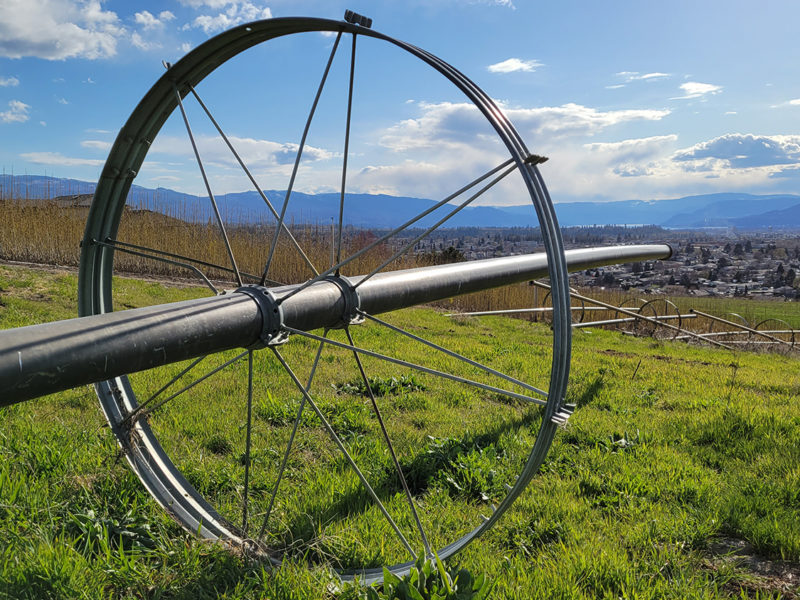BC reported fewer farms in last year’s census of agriculture, with losses outpacing the national average.
The province was home to 15,481 farms last year, a decline of 10% since the last census in 2016. This follows an 11% decline in 2016 versus 2011, and contrasts with a 2% increase in neighbouring Alberta. Nationally, the number of farms fell by 2%.
The losses were shared by large and small farms alike, with farms between 1,600 and 2,240 acres alone in showing growth. All other categories saw numbers decline, led by farms larger than 2,240 acres, which collectively saw their numbers fall 24% to 363.
With respect to specific sectors, contained environment agriculture (CEA) reported the greatest gains followed by the grain, poultry and sheep sectors.
The census shows that producers of non-greenhouse crops grown under cover other than mushrooms increased 79% to 325. Grain growers increased 38% to 419, led by corn growers (up 184% to 71) and wheat (up 38% to 69). Sheep farmers now number 490, a 21% increase from 2016.
Small farms continue to dominate in the province. Operations smaller than 70 acres account for 66% of BC farms. The majority of small farms are located in the Lower Mainland, the Thompson-Okanagan and Vancouver Island.
Direct sales are a popular route to market for many small producers, and 78% of the 5,381 farms in BC that engage in direct sales are located in the same three regions where small farms dominate – the Thompson-Okanagan (28%), Vancouver Island and the Lower Mainland (25% each). The census indicates that 46% of BC farms receive all their income from direct sales, with the two key channels being on-farm retail locations or consumer deliveries.
But more than half of BC farm operators, or 53%, also have off-farm jobs. Many farm part-time, with 43% saying they spend fewer than 20 hours doing farm work. But 38% also work more than 30 hours each week producing food and other farm products.
BC’s farming population is also the oldest in Western Canada at 58 years, on par with Nova Scotia. While the large number of retirees taking up farming as a second career or part-time pursuit is one explanation, census figures also indicate that – unlike Manitoba and Alberta – BC has been unable to grow or even retain younger farmers. While farmers younger than 35 increased by 13% in the last census, numbers fell 34% between 2016 and 2021 – a rate of decline faster than any other province outside of Atlantic Canada.
BC continues to lead the country in the proportion of farm operators identifying as female. Women make up 40% of farm operators, up from 38% five years ago.


 Ocean Spray takes honours
Ocean Spray takes honours